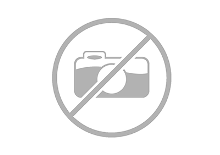How does Canadian food labelling differ from other countries?
Description
Canadian food labelling differs from other countries in several key ways:
Nutrition Facts Table: Canada requires a standardized Nutrition Facts table on packaged foods, which includes information like calories, fat, sodium, and sugar content. This format is similar to the U.S. but differs from many European countries, which may use different formats or emphasize different nutrients.
Ingredient Listing: Ingredients must be listed in descending order of proportion, and allergens like peanuts, tree nuts, milk, eggs, fish, shellfish, soy, wheat, and sesame must be clearly identified. This is similar to U.S. regulations but stricter than some European standards.
Allergen Warnings: Canada has strict regulations for allergen warnings, requiring clear statements for common allergens. This is more detailed than in some other countries.
Health Claims: Health claims on food labels are regulated by Health Canada and must meet specific criteria, which can differ from regulations in other countries.
Organic and GMO Labelling: Unlike the U.S., Canada does not require GMO labelling, but it does have standards for organic products. This contrasts with some European countries that have stricter GMO labelling laws.
Bilingual Labelling: Canada requires labelling to be in both English and French, which is unique compared to most other countries.
These differences highlight the importance of understanding local regulations for food manufacturers exporting to Canada.






Useful information
- Avoid scams by acting locally or paying with PayPal
- Never pay with Western Union, Moneygram or other anonymous payment services
- Don't buy or sell outside of your country. Don't accept cashier cheques from outside your country
- This site is never involved in any transaction, and does not handle payments, shipping, guarantee transactions, provide escrow services, or offer "buyer protection" or "seller certification"







